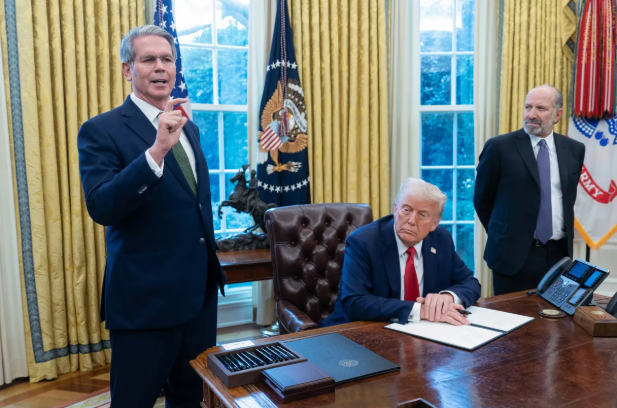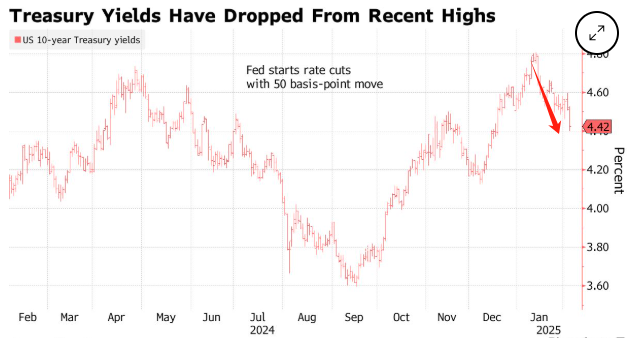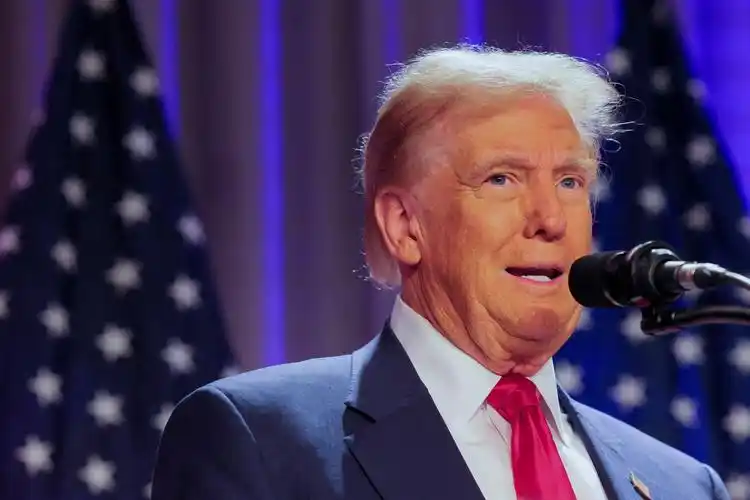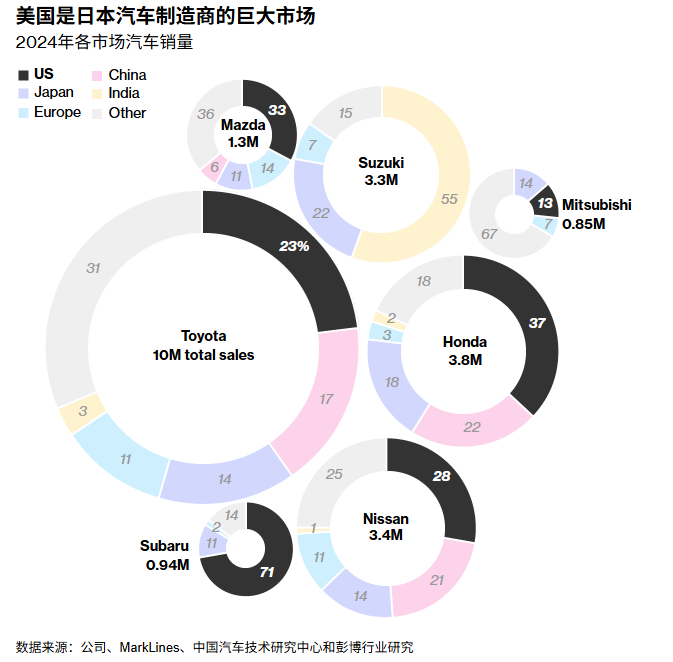Treasury Secretary Scott Bessent stated that the Trump administration’s priority for lowering borrowing costs centers on the 10-year Treasury yield rather than the Federal Reserve’s benchmark short-term rate.
When asked during a Fox Business interview on Wednesday whether President Trump wants lower interest rates, Bessent replied: “He and I are focused on the 10-year Treasury. He is not calling for the Fed to lower rates.”

Bessent reiterated his view that expanding energy supplies would help curb inflation. For American workers, “the energy component is one of the most reliable indicators of long-term inflation expectations,” he said.
“If we can lower gasoline prices and heating oil prices, not only do those consumers save money, but their optimism about the future” will help them move past the high inflation of recent years, Bessent added.

The former hedge fund manager also noted that regarding the Fed, “I’ll only talk about what they’ve done, not what I think they should do going forward.” He pointed out that the 10-year Treasury yield climbed after the Fed’s “sharp rate cuts” — referring to the 50 basis-point rate cut implemented in September by Chair Jerome Powell and his colleagues.
While the Fed’s short-term benchmark rate is critical for money markets, the 10-year Treasury serves as the benchmark for 30-year mortgage rates and other major borrowing costs. On Wednesday, the bond benchmark closed at a new low for 2025 following weaker services activity data (52.8 versus a forecast of 54.2).
Commenting on the recent yield decline, Bessent said: “The bond market recognizes that under Trump, energy prices will be lower, and we can achieve non-inflationary growth. We’ve cut spending, shrunk government, and made it more efficient. We’re entering a good rate cycle.”
The U.S. government can influence yields by deciding which maturities to issue when selling debt and by managing overall borrowing demand through deficit reduction.
Previously, the Treasury maintained its long-term bond sale guidance through 2025, despite Bessent criticizing his predecessor’s issuance strategy before becoming Treasury Secretary. Traders believe increased long-term bond sales are inevitable at some point, a move that could help push yields higher.
A more direct option to influence yields is so-called curve control, where a central bank buys bonds to keep yields near a target — as Japan did last year. The U.S. implemented such a program in the 1940s, and the Fed bought long-term bonds over a decade ago as part of Operation Twist.
Analyst Perspectives
Stephen Miller, an investment strategist at Grant Samuel Funds Management in Sydney, argued that reducing the 10-year yield would best be achieved by cutting the budget deficit, which currently stands at about 7% of U.S. GDP.
“The concrete steps would be to eliminate or reduce the budget deficit and rethink the entire tariff strategy,” he said. “Increasing energy supplies would help. But when you compare that to tariffs, the deficit, immigration issues — I’m not sure that’s enough to lower the 10-year yield.”
Fed Criticism
After the Fed held rates steady last week, Trump lashed out on social media, accusing the central bank of “failing to address the problems they helped create” that drove price surges. However, he has refrained from overt policy actions like those during his first term.


